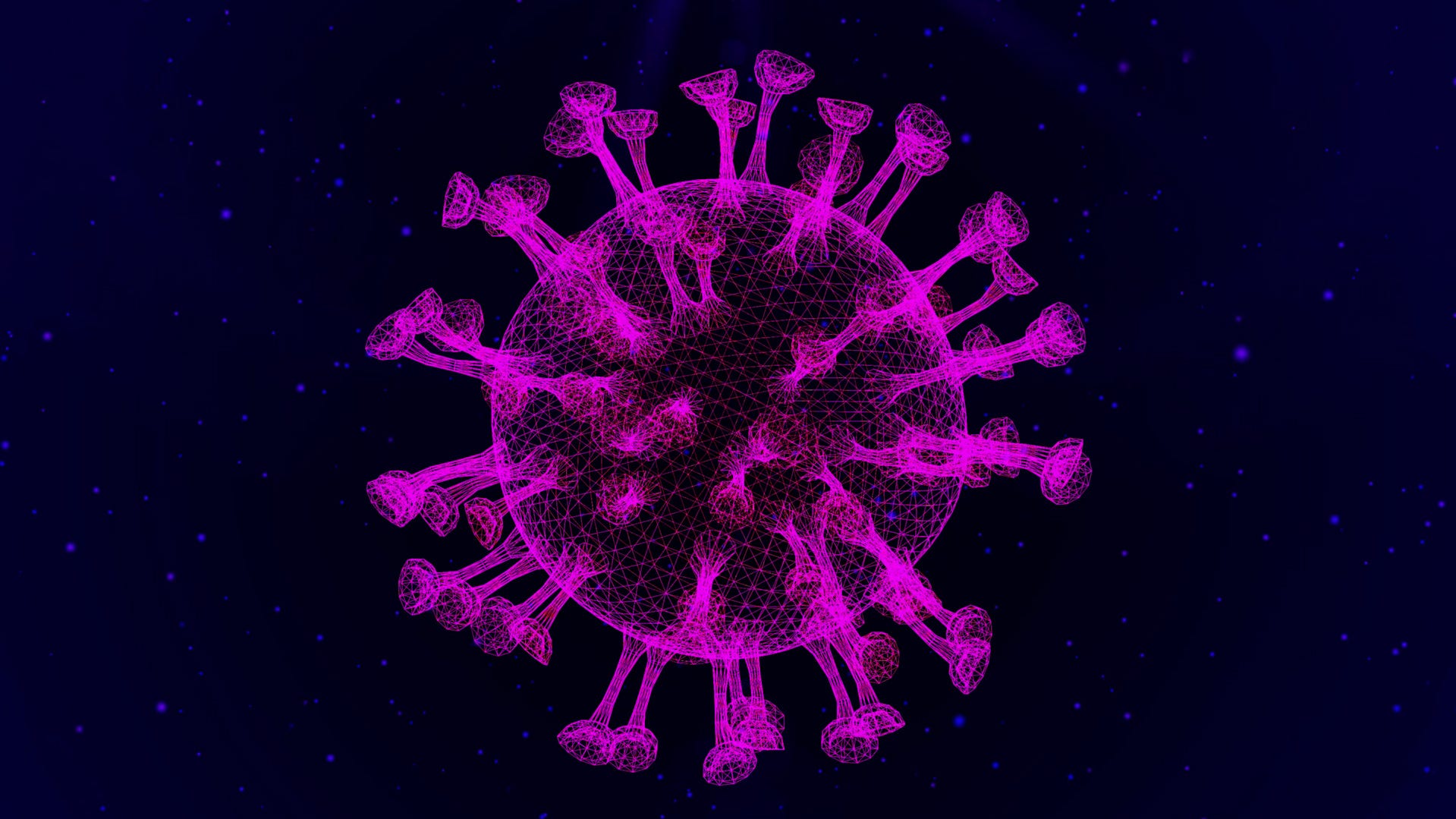Understanding The Link: New COVID-19 Variant And Rising Case Numbers

Table of Contents
Identifying New COVID-19 Variants and their Characteristics
Identifying new COVID-19 variants relies heavily on genomic sequencing. This process involves analyzing the virus's genetic material to detect mutations compared to the original strain. These mutations can significantly alter the virus's behavior. Key mutations can impact transmissibility, disease severity, and the effectiveness of vaccines.
- Increased transmissibility: Mutations in the spike protein, the part of the virus that binds to human cells, can enhance its ability to infect. This often leads to faster viral spread and higher infection rates.
- Potential for immune evasion: Certain mutations can allow the virus to evade the body's immune response, including antibodies generated through vaccination or prior infection. This means previously acquired immunity may be less effective against the new variant.
- Variations in disease severity: Different variants exhibit varying levels of severity. Some may cause milder illness, while others could lead to more severe cases, requiring hospitalization.
Examples include the various Omicron subvariants (BA.1, BA.2, BA.5, etc.) which have demonstrated higher transmissibility than previous variants. The World Health Organization (WHO) provides regularly updated information on circulating variants and their characteristics. Variant naming conventions, established by the WHO, aim to provide a clear and consistent system for identifying and tracking different lineages of the virus.
The Correlation Between New Variants and Rising Case Numbers
Statistical data consistently shows a strong correlation between the emergence of new variants and subsequent increases in COVID-19 case numbers. While increased transmissibility is a major factor, other elements contribute to the rise in infections.
- Reduced immunity: Waning vaccine protection over time can make individuals more susceptible to infection, particularly with variants that can evade existing immunity.
- Lower adherence to public health measures: Reduced mask-wearing, less social distancing, and decreased adherence to other preventative measures can create ideal conditions for viral spread.
- Seasonal factors: Similar to influenza, respiratory viruses often spread more easily during colder months, potentially exacerbating the impact of new variants.
The increased testing capacity globally also plays a role in the observed increase in case numbers. More widespread testing can detect more cases, leading to a higher reported number of infections, even if the overall prevalence remains similar. However, increased testing capacity generally leads to a more accurate representation of actual community spread.
Impact on Hospitalizations and Deaths
The relationship between new variants and hospitalizations/deaths is complex. While some variants might be more transmissible, they might not necessarily cause more severe illness. However, a highly transmissible variant can still lead to a surge in hospitalizations simply due to the sheer number of infections.
Crucially, vaccination and booster shots remain vital in mitigating severe outcomes, even with new variants. While vaccines might not completely prevent infection, they significantly reduce the risk of hospitalization and death, especially in vulnerable populations.
Public Health Response to New COVID-19 Variants
Effective pandemic management requires a multi-pronged approach to controlling the spread of new variants. This includes:
- Genomic surveillance: Continuous monitoring of circulating virus strains is crucial to identify and track new variants promptly.
- Contact tracing: Identifying and isolating infected individuals helps limit the spread of the virus.
- Border controls: Temporary restrictions on international travel may be implemented to slow the spread of new variants entering a country.
Vaccination campaigns and booster shots are essential for building and maintaining population immunity. Ongoing research plays a critical role in understanding new variants and developing effective countermeasures.
- New vaccines and antiviral treatments: Research efforts are focused on developing vaccines and treatments specifically tailored to new variants.
- Adaptation of public health guidelines: Public health recommendations are regularly updated based on the characteristics of circulating variants.
Conclusion
The emergence of new COVID-19 variants is strongly correlated with increases in case numbers. Increased transmissibility, waning immunity, and reduced adherence to public health measures contribute to these surges. While some variants may cause less severe illness, their high transmissibility can still overwhelm healthcare systems. Continuous monitoring, vaccination, and adaptive public health strategies are crucial for effective pandemic management. Staying informed about new COVID-19 variants is crucial for protecting yourself and your community. Continue to follow public health guidelines and consult reliable sources like the WHO and your local health authorities to understand the link between new COVID-19 variants and rising case numbers. Regularly check for updates on vaccination recommendations and booster shots to maintain effective protection against new variants.

Featured Posts
-
 Are Corporate Targets To Blame For Increasing Uk Pet Vet Costs
May 31, 2025
Are Corporate Targets To Blame For Increasing Uk Pet Vet Costs
May 31, 2025 -
 Shelton Through To Munich Semis After Darderi Victory
May 31, 2025
Shelton Through To Munich Semis After Darderi Victory
May 31, 2025 -
 Ohio Derailment Investigation Into Long Term Toxic Chemical Presence In Buildings
May 31, 2025
Ohio Derailment Investigation Into Long Term Toxic Chemical Presence In Buildings
May 31, 2025 -
 Rune Overpowers Tsitsipas In Dominant Indian Wells Masters Performance
May 31, 2025
Rune Overpowers Tsitsipas In Dominant Indian Wells Masters Performance
May 31, 2025 -
 Hot Girl Cau Long Viet Nam Hanh Trinh Chinh Phuc Dau Truong Dong Nam A Va Muc Tieu Top 20 The Gioi
May 31, 2025
Hot Girl Cau Long Viet Nam Hanh Trinh Chinh Phuc Dau Truong Dong Nam A Va Muc Tieu Top 20 The Gioi
May 31, 2025
